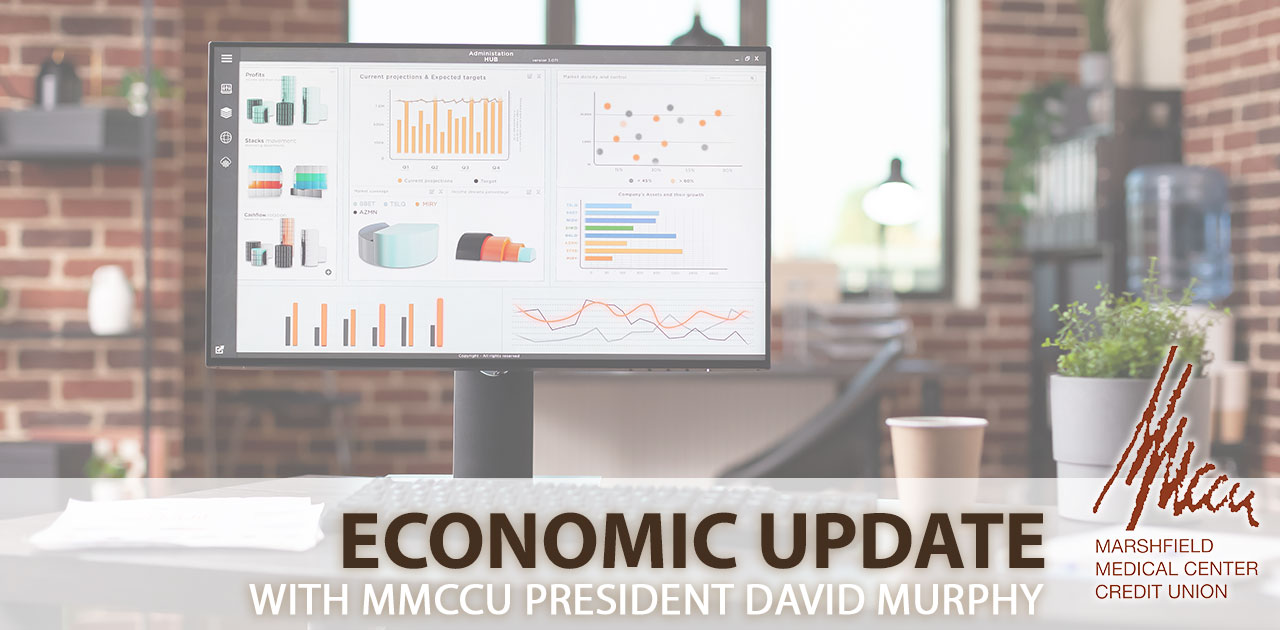David Murphy, MMCCU President, shares insight into what’s going on in today’s economy:
Following the latest Federal Open Market Committee (FOMC) meeting on February 1, the market has experienced unexpected volatility with the recent data noted in the jobs report and inflation report.
The expectations priced into the market were for the FOMC to raise rates once or twice more before peaking in the summer months and reducing the Fed Funds rate by the end of 2023.
These predictions seemed to based more on hope than reality, as the recent jobs report and inflation reports showed with higher than expected jobs creation (517k jobs) and inflation (CPI of 6.4%). These figures have thrown the market into a tailspin and have led to increased volatility over the past two weeks.
For the average consumer, what this means is that rates that impact everything from savings to credit cards and mortgage loans will remain elevated for longer than expected. The Federal Reserve’s main concern is driving down inflation to the 2% range, and they will keep rates higher for longer to meet this objective. While the longer end of the yield curve is not directly set by the FOMC, expectations for what the Fed will do in the future drives the prices and subsequent yields on longer term bonds.
If the expectation is for rates to remain higher for longer, bond prices drop, which increases yields resulting in elevated long term rates and impacts pricing on mortgage and consumer loans. The FOMC increases the Fed Funds rate to discourage the creation of additional jobs and to control the price increases for everyday goods and services.
If it’s more expensive to borrow money to fund new businesses or expand existing operations, costs may remain in check within the market and the need to increase prices on goods and services lessens.
You may question why high job creation numbers is a negative for the economy. Remember the old adage, “what’s good for the goose is good for the gander”? That’s not necessarily the case with the economy. Higher job creation numbers means that more people are working and earning higher wages than those who receive unemployment or are retired. Higher wages means higher costs for the employer but also that individuals have more buying power, assuming the cost of goods remains level.
However, because of the higher costs to the employer, the offset to this is to increase the cost of goods. As long as there continues to be demand for goods and services at the elevated costs, the simple law of supply and demand perseveres, and the costs increase. The increase to these costs are essentially what inflation represents.
As long as more jobs are being filled, costs will continue to increase and inflation will remain high. When prices become too high and demand slows, jobs are eliminated and the price of goods starts to decrease, which leads to lower inflation, or even negative inflation, called deflation.


